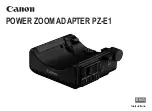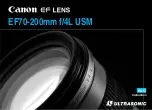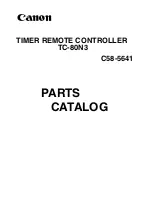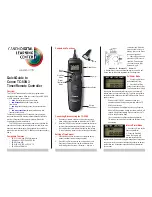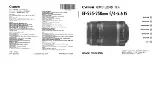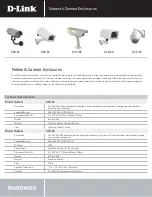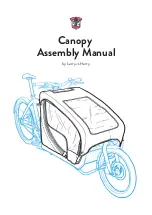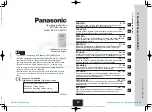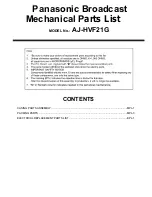
User Manual
Airbridge cBTS3612 CDMA Base Station
System Description
1 System Overview
1-4
l
Equipped with the blind mate technology on the radio frequency module for
convenient maintenance.
l
Intelligent fans with prolonged service life and reduced noise.
1.2.2 Protecting User Investment
The cBTS3612 is compatible with IS -95A/B and cdma2000 1X, and can be
upgraded to cdma2000 1X EV smoothly. When the network is upgraded from IS-95
to cdma2000 1X, or from cdma2000 1X to cdma2000 1X EV, the user's investment
can be saved.
The cBTS3612 features large-capacity design, modular structure and high
integration. A single cabinet can accommodate up to 12 sector carriers. It also
supports 36 sector carriers with three fully configured cabinets combined together.
Its baseband processing employs the resources pool design to reduce equipment
redundancy and improve reliability.
Its Abis interface supports 16 E1s or 2 STM-1 optical interfaces (in the coming
version), oriented to future high-speed data service.
Its excellent inheritance capability guarantees the original antenna and feeder
components can be used in the event of BTS expansion or upgrade. The
components include DU, RLDU, antenna, feeder and the optional TMA (The TMA
only applies to 19000MHz band). The DU includes CDU, DFU and DDU, the
difference between these 3 DUs will be introduced in "2.3 RF Subsystem".
1.2.3 Convenient Operation and Maintenance
Emergency serial ports are provided for the boards, so that the alarm information
can be reported in the case of communication link fault.
Real-time status query, online board test and system fault locating as well as system
restart functions are provided.
Telnet Server is provided so that the user can log in to the BTS via the local
Ethernet interface in the standard Telnet mode to perform O&M.
Modem dial-up is supported so that the remote O&M can be performed.
All boards of baseband subrack support hot plug/unplug for the sake of ready
maintenance, upgrade and expansion.
Blind mate of the radio frequency module guarantees that all operations can be
done at the front side of the equipment. During expansion and configuration, wiring
at the back need not be modified.































